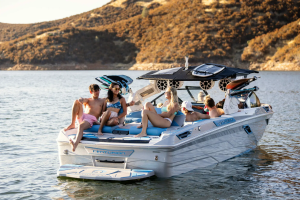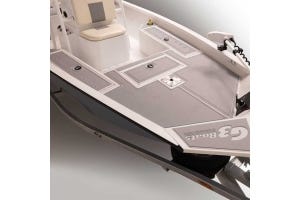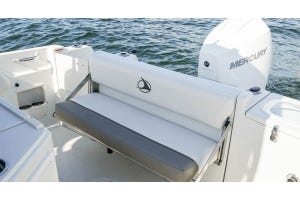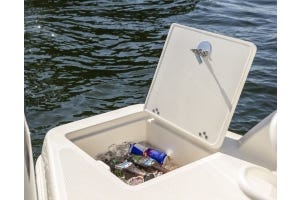How to Build a Pontoon Boat
January 26, 2018
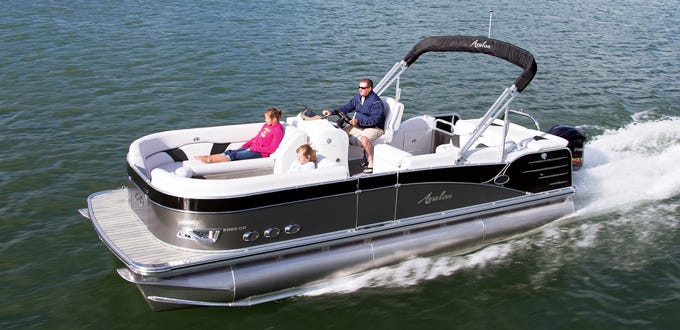

We love pontoon boats! They're the perfect platform for fun with family and friends. Sometimes, as we survey our carefully-stacked stock of pontoon logs, we wonder how they're made. Avalon Pontoons has a series of videos showing their manufacturing process, and they're pretty darn cool. All you "How It's Made" junkies out there will love them.
As marvelous as pure hand-craftsmanship is, there's a lot to be said for the uniformity offered by machines. Avalon uses a CNC rolling machine to curl sheet metal into tubes.
https://www.youtube.com/watch?v=hds7dqwQ1b8
Even the long seam that secures the tube is welded with help from a machine.
https://www.youtube.com/watch?v=quZU1qnxRPQ
Avalon Operations Manager J. J. Dudek says, "A pontoon boat is only as good as its welds." Anyone who's ever had a pontoon spring a leak knows this is true. In this video, Mr. Dudek shows us what to look for when evaluating a pontoon's welds. Long pontoons are made from two or more tubes welded together.
https://www.youtube.com/watch?v=cEyA1UJqSjI
Pontoon boats don't have a prow or "cutwater" as such, but the pontoons themselves each have a cone-shaped section on the front. Mr. Dudek points out the features of Avalon's nose cones, especially the double-folded center seam, and explains why this is one of the most important parts of a pontoon boat. Avalon Pontoons' splash fins are folded out from the nose cone, making them stronger than welded-on fins.
https://www.youtube.com/watch?time_continue=67&v=KI_kozOaci0
Watch how Avalon adds trim to the splash fins' edges, covering any sharp edges. The pontoon's welds are checked again at this stage, with the welder going over each seam again if he finds any defects.
https://www.youtube.com/watch?time_continue=24&v=6RJKxVfhYCc
The nose cone closes the front of the pontoon, and the aft end is closed with a cap. This is also where Avalon adds a bracket for mounting underwater accessories like lights and transducers. A shallow keel runs the length of the pontoon, adding strength and rigidity.
https://www.youtube.com/watch?v=4pjYUMBipXo
Okay, the pontoons are done. How do you attach a boat deck to them? Avalon welds risers to the pontoons. These pieces allow a deck to be bolted down without poking holes in the floats.
https://www.youtube.com/watch?time_continue=9&v=sJL9Y-FidIQ
This part is especially cool: using soap and water to check each pontoon for leaks.
https://www.youtube.com/watch?v=-qUF4NP9gdc
Available as an option, lifting fins enhance the pontoon boat's performance. The fins are attached using the weld technique best suited to the boat's intended use; boats made to withstand rough waters get their fins attached with continuous welds.
https://www.youtube.com/watch?v=BhbGwp8iXyE
Many pontoon boats only have two tubular floats, but what about those with three? A center tube gives a pontoon (or "tritoon") boat added stability and enables it to perform more like a powerboat with conventional hull.
https://www.youtube.com/watch?v=kjXQGCmo-Ew
And there you have it! We've come a long way from the days of plywood decks bolted to empty oil drums, haven't we? Great Lakes Skipper loves pontoon boats and is proud to bring you genuine Avalon and Tahoe parts at discount prices.


